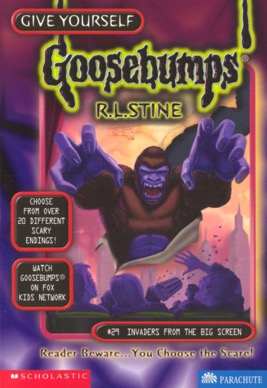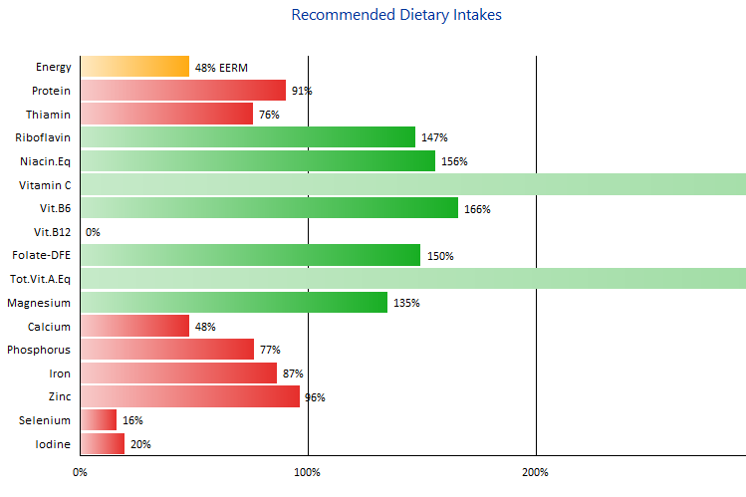How to “choose your own adventure” to match your nutrition to your training
By Alex Dreyer – Runner’s Tribe
Last month’s blog (click to view) was an introduction into periodisation of your diet to suit certain types of training phases and cycles. This month will focus on the specifics of periodisation, down to an exact meal design you can try TODAY to get more out of your session tomorrow.

One of the ice-breakers I like to use to get people to start talking about the foods they really like is “what food would you choose if you could only eat one thing for the rest of your life?” This is a difficult question for most, and almost sounds like a bad ‘Goosebumps’ ending, because it is confronting to think that you would have to eat the same thing for every meal. Yet even still, many people we see at Catalyst Dietitian have the same type of lunch and dinner every day, regardless of what training they have done that day or are doing tomorrow.
Research suggests that variety and periodisation is key when it comes to health outcomes, and to making us better athletes. New research conducted at the Australian Institute of Sport suggests that a diet that is consistently low in carbohydrate leads to reduced running economy and reduced performance when compared to a carbohydrate periodised diet. However, overconsumption of carbohydrate and overall kilojoules can lead to excess weight gain and blunted fat burning at key times. So let’s take the science used to fuel the best athletes in Australia and turn it into a practical meal idea that will ensure your next race time really does give you goosebumps.
Firstly, just like a book, your ideal main meal needs structure; the things that it can’t do without. For everyone (runners, triathletes, soccer stars, and even chess champions) that structure is vegetables. Getting the full 5 serves of veggies each day can provide even highly active individuals most of their vitamin and mineral requirements which are essential in sports performance. If you are consistently missing these, you may be increasing the likelihood of chronic injuries and sickness which will lead to training days missed. Below is a graphic from food analysis software that shows how much of the daily micronutrient requirements 5 serves of veg provides for a highly active male;
What you will also notice is that this spine of the meal provides very few kilojoules which can help to reduce weight safely. So, as an introduction to the best main meal for your training, the contents should be overwhelmingly vegetables. I recommend about 2-3 cups of mixed leaves with another cup of assorted colours of veggies such as carrot, cherry tomatoes, cucumber, capsicum, asparagus and beetroot. Now we get to the fun part.
In the last blog we established one unquestionable fact of exercise physiology, that is; the harder the exercise intensity the more your body relies on carbohydrate for fuel. At an intensity above 65% of your VO2max, think tempo pace or harder, the use of carbohydrate increases exponentially. Let’s assume that you have a workout on Wednesday afternoon of 1km repeats (sorry middle distance runners, you probably won’t enjoy this session). Your Tuesday night and Wednesday meals should be dedicated to topping up your carbohydrate stores for a session that is as fast as possible. Once you have 3-4 cups of salad vegetables, try adding in ½ to 1 cup of brown rice, quinoa, mashed potato, or wholegrain pasta; 1 large wholemeal wrap or 2 small slices of wholegrain bread; or 1 to 1 ½ medium potatoes or sweet potatoes. With all that carbohydrate added on, your protein source should be low in kilojoules and LEAN, such as 100-130g of chicken or lean red meat.
Between sessions there is little need to immediately replace all of the carbohydrate you just used, and some research now suggests that it may be beneficial to reduce carbohydrate intake immediately after a hard session when you have at least 24 hours until the next hard effort. This is also a good time to prioritise any health or body composition goals you have as the right choices at meal times can maximise fat burning. Let’s assume it is now dinner time after your workout and you want a really easy meal that you can throw together after some light foam rolling and eat while watching ‘Suits’ season 6. Start with the same 3-4 cups of veggies (I use the pre-packaged ones pictured above plus red, green, and yellow capsicum and strawberries which are easily cut and thrown in) and get the extra energy (kilojoules) from good sources of protein and fat. Try adding a small amount of olive oil dressing as well as a medium tin of tuna (flavoured is fine), 120g of lean meat, ½ cup of light cheese and ½ cup of legumes, or 150g of firm tofu for something different. This meal is high in protein and good fats but low in total energy, making it ideal for safe weight loss AND recovery from a hard session.
If you can master this choose-your-own-adventure style of diet periodisation, you will see both short-term and long-term improvements. As with running, it is important to maintain this type of behaviour long term, although you will notice improved energy levels at hard sessions and small changes in body composition within days. If maintained, I can guarantee that rather than making it to the halfway point of your next session feeling as if YOU’RE DEAD, you will be hitting your paces and outkicking your training partners all the way to…
THE END.
(Yes this is a ‘Goosebumps’ reference)
Alex Dreyer
Accredited Practising Dietitian
Provisional Accredited Sports Dietitian
Level 1 Athletics Australia Coach

